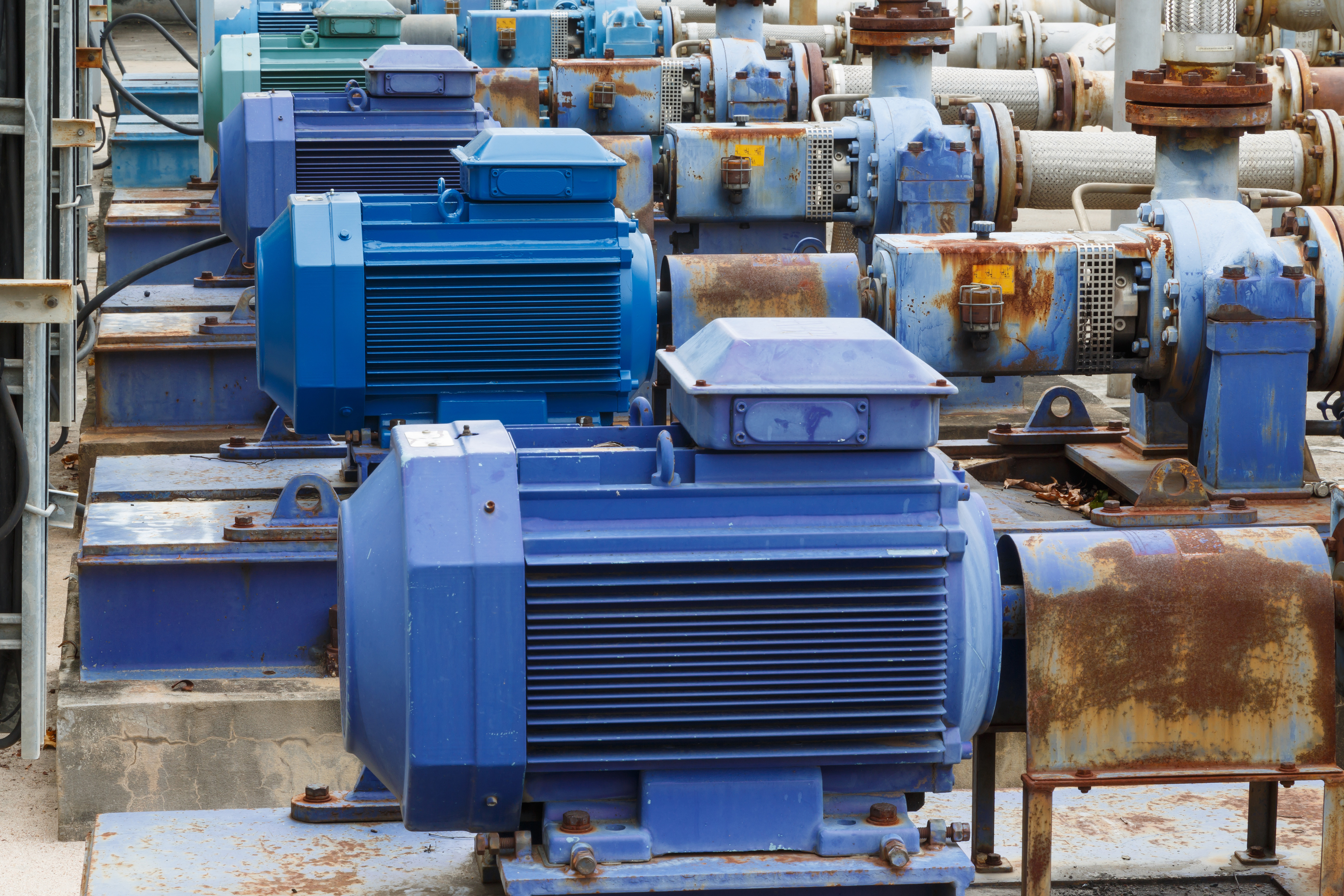PSO Biz
Three solutions to protect three-phase motors from single-phase conditions

Three solutions to protect three-phase motors from single-phase conditions
The event of single phasing in a power system has the greatest impact on three-phase induction motors and their controllers. Most three-phase motors will continue to operate with power from only two phases, but will result in overheating and failure if not adequately protected. Most of the commonly used protective devices, such as conventional circuit breakers or thermal overload relays for motors, are not designed to effectively detect single-phasing conditions. For lightly loaded three-phase motors, say 70% of normal full-load amperes, the phase current will increase by the square root of three under secondary single-phase conditions. This will result in a current draw of approximately 20% more than the nameplate full load current. If the overloads are sized at 125% of the motor nameplate, circulating currents can still damage the motor. This is why it is recommended that motor overload protection be based upon the actual running current of the motor under its given loading, rather than the nameplate current rating. The most common fault on the utility system is a single phase-to-ground fault. It is over twice as likely to be a single-phase outage as a three-phase outage. Normal events are outages caused by weather conditions, animals, third party contacts, utility equipment failure, etc. These normal events are inherent to an electrical utility system.
In accordance with engineering practices and the National Electric Code (NEC), it is the customer’s responsibility to adequately protect three-phase motors from single-phase conditions on three-phase equipment.
Option “a” below is an inexpensive means to protect three-phase motors.
- The customer can employ a Phase Failure or Loss of Phase Relay with the motor controller or tie it in series with the under-voltage trip of the breaker, if the breaker has this extra cost option. This relay looks at phase sequence, unbalance, under-voltage and phase reverse. This relay is the fastest trip and most cost effective but can cause nuisance tripping if not properly programmed. Another available important feature is a time delay re-start which can pause the motor until the utility's breaker finishes its sequence of operations and the voltage returns to steady state mode.
- The customer can employ a circuit breaker with a built-in shunt trip overload relays that are adjustable to 125% of full load current with a time delay to allow for startup. The most important application issue to keep in mind is the type of sensing used with the relay. Both voltage and current-sensing options are available. While voltage sensing is less expensive it is not as accurate due to motor back-EMF (reverse current) which can mask the loss of a phase. This type of breaker is more expensive than a conventional overcurrent relay breaker.
- The customer can specify a higher standard motor that has inherently higher heat resistance and better insulation. A major cause of motor failure is overheating of the insulation. Therefore, improving the insulation value lengthens the time before failure. The simplest improvement is to specify a service factor of 1.15 instead of 1.0. Instead of the typical class B insulation, specify a higher rating, however, this can be a significant cost to upgrade.
Some customers use an inexpensive solution commonly referred to as a "motor saver." This lower-cost solution must be properly programmed to avoid nuisance tripping caused by normal utility events, not just loss of phase conditions. At least two manufacturers offer a higher cost model that provides for adjustable trip delay settings, auto restart and diagnostics. It is crucial that the devices are programmed to trip fast enough to protect the motor.